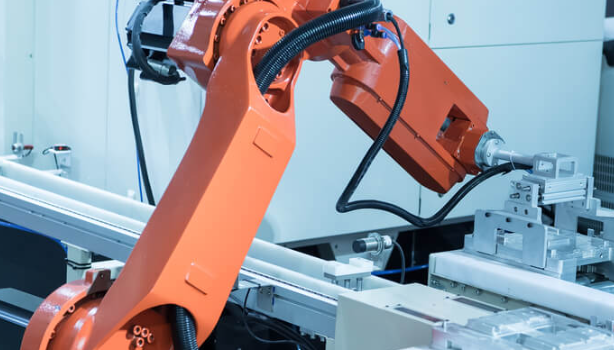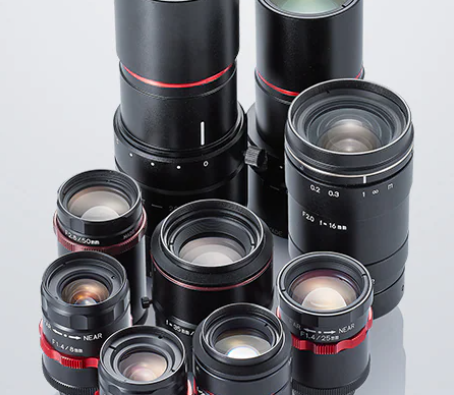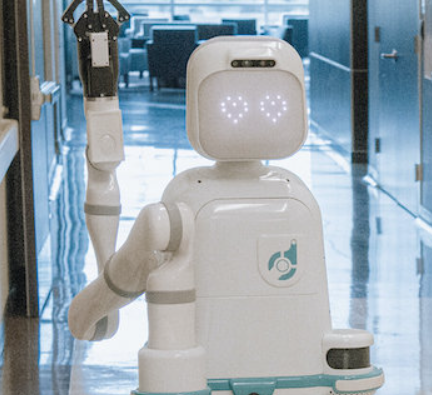
In today’s fast-evolving industrial landscape, both automation and robotics play critical roles in streamlining operations, enhancing productivity, and reducing costs. Although often mentioned together, these two concepts are distinct, each with its own set of characteristics, applications, and benefits. Understanding the differences between them helps businesses make informed decisions about how best to integrate these technologies into their operations.
Defining the Concepts: What Sets Robotics and Automation Apart?
Robotics is a specialized branch of engineering and computer science that focuses on the design, construction, and programming of robots—machines capable of performing tasks either independently or with limited human oversight. Robots are often designed with mechanical arms or other actuators and can perform a wide variety of tasks, ranging from assembly to inspection.
Automation, on the other hand, is a broader term that refers to the use of technology to carry out processes without manual input. This can include everything from a simple programmable thermostat to highly sophisticated industrial systems. Automation doesn’t always involve robots—it may simply rely on software, sensors, and control systems to function.
Key Differences in Purpose and Scope
While robotics falls under the broader umbrella of automation, not all automation systems include robots. Robotics is focused on creating machines that physically interact with the world, often replacing or assisting humans in mechanical tasks. In contrast, automation may include robotics but also encompasses systems that involve software-driven processes, such as data entry, monitoring, or decision-making.
For example, a robot might be used to place components on a circuit board, while an automated system might control the temperature and speed of the conveyor belt on which the board travels. Robotics brings a physical presence, while automation can be entirely digital or a combination of both.
Complementary Functions: How Robotics and Automation Work Together
The strength of these technologies lies in how they complement each other. Robotics can enhance an automation system by adding physical capabilities such as gripping, lifting, or transporting items. Meanwhile, automation software can coordinate these actions, track performance, and optimize workflows.
In industrial settings, this synergy is especially powerful. For instance, an automated warehouse may include software that manages inventory levels, along with mobile robots that move products from storage to shipping. Together, they create a cohesive system that reduces delays, cuts costs, and improves accuracy.
Practical Benefits in Modern Industry
Adopting automation and robotics can lead to substantial advantages across various industries:
- Improved Efficiency: Tasks are completed more quickly and with greater consistency, leading to higher output.
- Enhanced Safety: Replacing humans in hazardous or repetitive roles reduces the risk of workplace accidents.
- Greater Precision: Robots deliver consistent results, which is especially valuable in applications requiring high accuracy.
- Time Optimization: Automation frees human workers from routine duties, allowing them to focus on more strategic responsibilities.
- Competitive Edge: Companies leveraging these technologies often outperform their peers in cost-efficiency and production speed.
Types of Automation in Industrial Settings
Industrial automation can take various forms, each suited to specific production needs:
- Fixed Automation: Designed for high-volume, repetitive tasks. It’s inflexible but highly efficient for consistent outputs—like those seen in automotive assembly lines.
- Programmable Automation: Offers flexibility by allowing changes to the process through reprogramming. This is useful in batch production where variations in product design are expected.
- Flexible Automation: Allows for quick changes between tasks without significant downtime. It’s ideal for operations that require frequent reconfiguration to adapt to market demands.
- Intelligent Automation: Incorporates artificial intelligence and machine learning to adapt in real-time. These systems analyze data, learn from patterns, and make autonomous decisions to improve performance.
The Road Ahead: Robotics and Automation in a Changing World
Looking to the future, the combination of robotics and automation is expected to play a key role in shaping industries and economies alike. Several trends are already emerging:
- Cross-Industry Integration: From agriculture to healthcare, these technologies are expanding into non-traditional sectors, driving innovation and improving service delivery.
- Technological Evolution: Ongoing advancements in AI and analytics are enhancing robot intelligence, allowing them to make informed decisions and operate with greater autonomy.
- Sustainability Goals: Automated systems help reduce resource waste and energy use, aligning with global sustainability objectives.
- Global Competitiveness: Organizations that embrace these technologies are better equipped to deliver high-quality products at competitive prices and adapt to shifting market conditions.
As these technologies become more accessible, their influence will extend beyond the factory floor. Homes, hospitals, and service industries are already seeing the benefits, marking a shift toward smarter, more efficient systems in everyday life.
The convergence of robotics and automation is not just reshaping how work is done—it’s redefining what’s possible in a technology-driven world. Businesses that embrace these innovations with thoughtful implementation are likely to thrive in the emerging industrial era.












